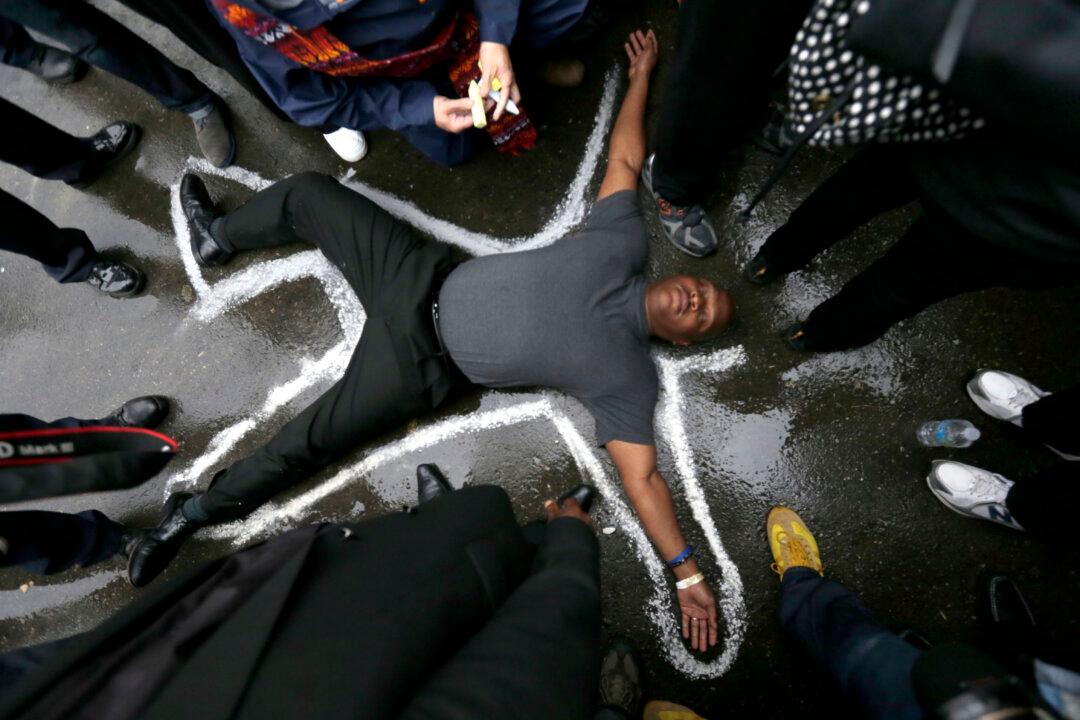When the grand jury decision is announced in early November about whether Ferguson police officer Darren Wilson will be indicted in the August shooting death of Michael Brown, police will be armed with more than riot gear. They will also be trained on constitutional rights. St. Louis area officials say they expect the grand jury decision by the first or second week of November.
At the St. Louis County Police Department, an unknown number of police will be part of any Ferguson detail after the decision is announced. Until then, the department’s 840 officers are being trained on the Bill of Rights and more. Other municipalities that will be involved are doing similar training, according to police.
“We recently underwent training that was an extensive review of those rights,” said Sgt. Brian Schellman, St. Louis County Police Department spokesperson. “As we get closer to the grand jury decision, our supervisors will be reiterating those rights as well.”
The four-hour training is focused on the First, Fourth, and 14th Amendments to the Constitution. They include protections for freedom of the press, speech, and assembly, and prohibitions of unreasonable search and seizure, and deprivation of life, liberty, or property without due process.
All trainees are given pocket-sized cards with the amendments as a reminder, though they are not required to carry them.
Schellman said that concerns over unrest over the impending decision is at the heart of the training and they are aiming to have a well-informed force.
“It’s something we will be constantly talking about,” he said of learning to respect those rights.





